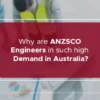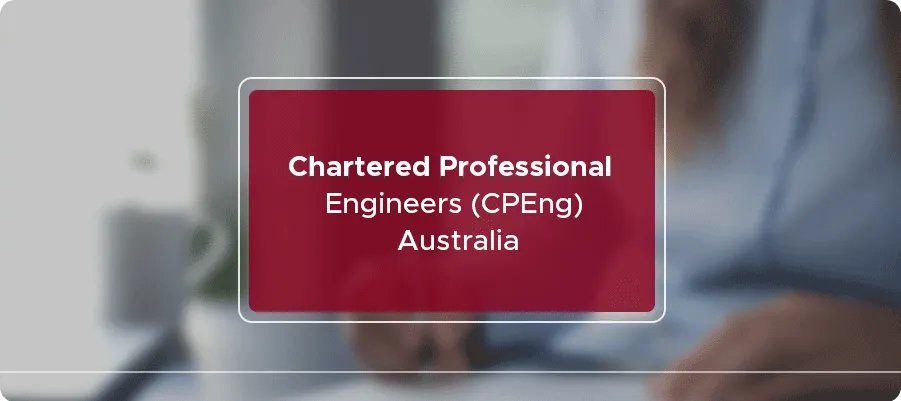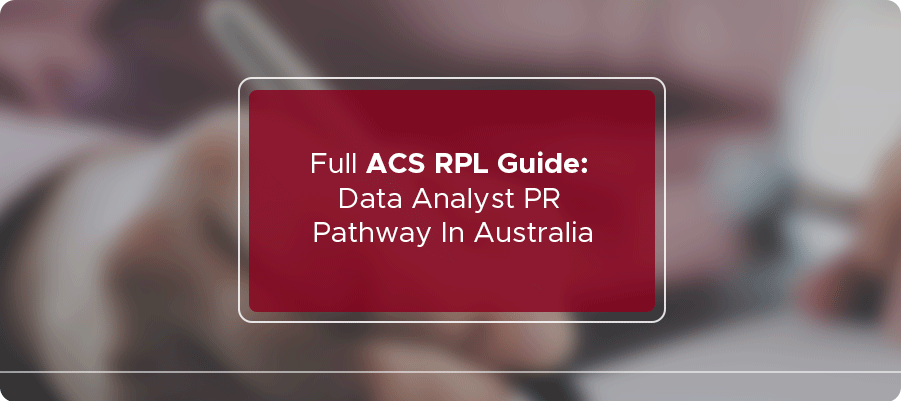
Onshore and Offshore visa application process Australia
The onshore and Offshore visa application processes differ from each other. You apply for an Australian visa while you are outside of Australia, which is known as an offshore visa application. An onshore application is when you apply for your visa while you are in Australia. There are numerous benefits and drawbacks to applying for an onshore or offshore visa, and you must meet specific requirements before the visa is granted.
Australian visas can get classified as either onshore or offshore. An onshore visa is applied for while the applicant is in Australia, while an offshore visa is applied for while the applicant is outside of Australia. Each visa category has its requirements and benefits, and the choice will depend on the circumstances.
In this blog post, we’ll look at the differences between onshore and offshore visa applications and explore some factors that can help you determine which option is right for you.
Onshore General Skilled Migration Basic requirements
If you wish to apply for an onshore GSM visa, you must meet all of the following requirements.
| Requirement | You must | You need to |
| Age | Age be under 45 years of age | |
| skilled occupation | nominate an occupation that is listed on the Skilled Occupation List (SOL) and have your skills assessed as suitable by the relevant Australian assessing | refer to Form 1121i for occupations on the SOL and contact details for assessing authorities. obtain a skills assessment from the relevant assessing authority in order to apply |
| English | have good English language ability to be able to work in Australia. A higher level of English is required for some occupations when it forms part of a skills assessment. | provide results of an International English Language Testing System (IELTS) test. (This applies to most applicants). Information about English requirements and contact details for an IELTS testing center near you are available on the department’s website. |
| Australian qualification or work experience | have recently completed an Australian qualification after two years of full-time study in Australia or more than one qualification totaling at least two years of full-time study or have recent relevant work experience. | apply within six months of completing your Australian qualification or have been employed in a skilled occupation for a total of at least 12 out of the last 24 months. |
Onshore and Offshore Visa Application Process
Onshore Visa Applications
An onshore visa application is submitted while the applicant is already in Australia. This type of application is often used by individuals who are already in Australia on a temporary visa and wish to extend their stay or by those who are already in the country on a visitor visa and wish to apply for a more permanent visa.
One of the key benefits of an onshore visa application is that it allows the applicant to remain in Australia while the application is processed. This benefit can be particularly advantageous for individuals who have established a life in Australia and wish to continue living and working there.
In addition, onshore visa applications may get processed more quickly than offshore applications. Because the applicant is already in the country, it is easier for immigration officials to verify their identity, conduct background checks, and assess their eligibility for the visa.
Another advantage of an onshore visa application is that it allows applicants to access services and benefits unavailable to offshore applicants. For example, an individual applying for an onshore partner visa may be eligible to access Medicare, the Australian healthcare system, while their application is processed.
If you want an Australian visa onshore, you must be in Australia both at the time of application and when the visa gets granted.
If you apply onshore, you must get a Bridging Visa, allowing you to stay in Australia while your substantive visa is processed.
There are different types of Bridging Visas, each with its condition: some do not allow you to leave Australia. At the same time, your primary visa is getting processed, while others only allow you to work once your prior visa is complete.
It’sIt’s also important to note that onshore applications take longer to process than offshore applications, and onshore applications may have higher fees.
On shored detection and processing
The Commission’s concerns about Australia’s system of mandatory detention are shared internationally. The United Nations Humans Rights Committee has repeatedly found Australia to breach its international obligations under the ICCPR article.
Offshore Visa Applications
An offshore visa application is submitted while the applicant is outside of Australia. This application gets used by individuals who wish to visit Australia for a short period, study there, or migrate permanently.
One of the key benefits of an offshore visa application is that it allows the applicant to apply for a visa from their home country or country of residence. This visa can be advantageous for individuals wishing to travel to Australia once their visa has to get approved.
In addition, an offshore visa application can often be less expensive than an onshore application. Because the cost of living in Australia can be high, applicants may need to support themselves for an extended period while their application gets processed.
Another advantage of an offshore visa application is that it may allow applicants to choose from a broader range of visa options. For example, an individual who wishes to study in Australia may be able to apply for a student visa through an offshore application, which may have more lenient eligibility requirements than an onshore application.
While you are outside of Australia, you can apply for an offshore permanent residence visa for Australia. When you apply for the visa, you must be out of Australia, and when your access gets granted, you must also be outside of Australia. A minimum point gets required for Australian PR.
Does this mean you can visit Australia once your visa is confirmed? Feel free to apply for an Australian visitor visa and continue with your application.
When the Australian migration division is ready to finalize your application, they will notify you, and you will be able to leave Australia while the visa gets processed. You don’t have to return to your home nation – consider taking a trip to New Zealand or another country outside of Australia if that’s where you’d like to go. For the visa, you must leave Australia.
If you’re considering moving or are unsure which visa would be best for you and your circumstances, contact the experienced and friendly team at Pathway Lawyers and Migration Agents for a no-obligation assessment of the best visa option.
Factors to Consider on Visa Applications
Several factors must get considered when deciding between an onshore or offshore visa application. Some of these include:
- Your current location: If you are already in Australia, an onshore visa application may be the most convenient option. However, an offshore application may be more appropriate if you are outside the country.
- Your visa requirements: Different visa types have different needs and eligibility criteria. Consider the type of visa you wish to apply for and whether you meet the requirements for an onshore or offshore application.
- Processing times: Processing times can vary significantly between onshore and offshore visa applications. Consider how quickly you need your visa and which application type will likely provide the fastest processing time.
- Cost: Onshore visa applications can be more expensive due to the standard price of living in Australia, while offshore applications may require additional travel costs. Consider which option is most cost-effective for you.
- Access to services and benefits: Onshore visa applicants may have access to certain services and benefits, such as Medicare, that are unavailable to offshore applicants. Consider whether these benefits are important to you and whether they are worth the additional cost of an onshore application.
- Personal circumstances: Your circumstances, such as your work or family, may influence which visa application type is most appropriate for you. For example, an onshore application may be the best option to avoid disrupting your employment if you have a job in Australia.
Conclusion
In summary, choosing between an onshore or offshore visa application will depend on your circumstances and requirements. Both alternatives have their benefits and drawbacks, and it’s essential to carefully consider your options before deciding.
If you’re unsure which option is right for you, it may be helpful to seek advice from an immigration specialist or registered migration agent. They can help you navigate the visa application process and provide guidance on which application type is most appropriate for your needs.
Whether you choose an onshore or offshore visa application, it’s essential to ensure that you meet all of the eligibility criteria and provide accurate and complete information in your application. This one will increase your chances of a successful outcome and ensure that you can continue to live, work, study, or visit Australia as desired.





